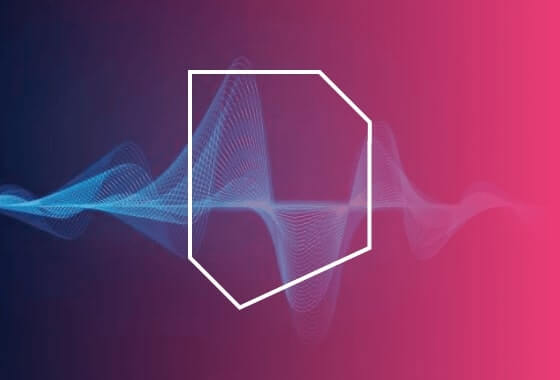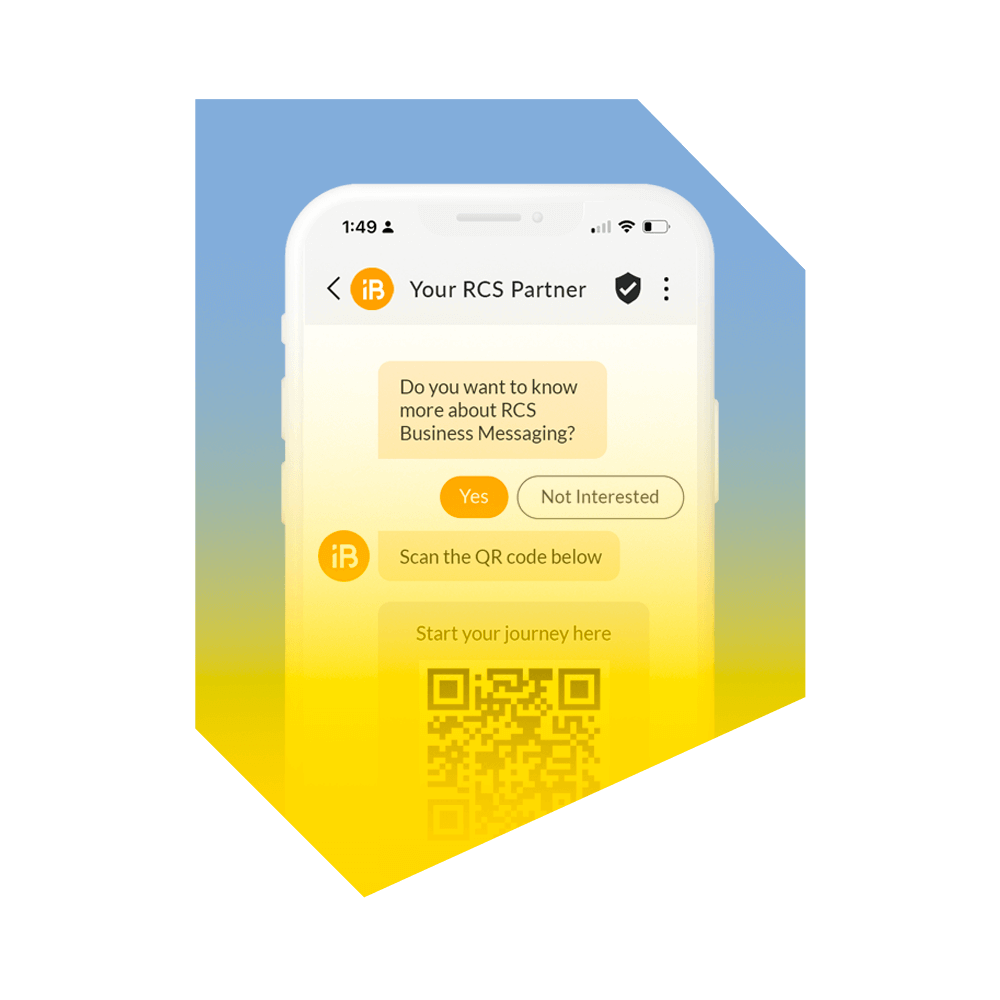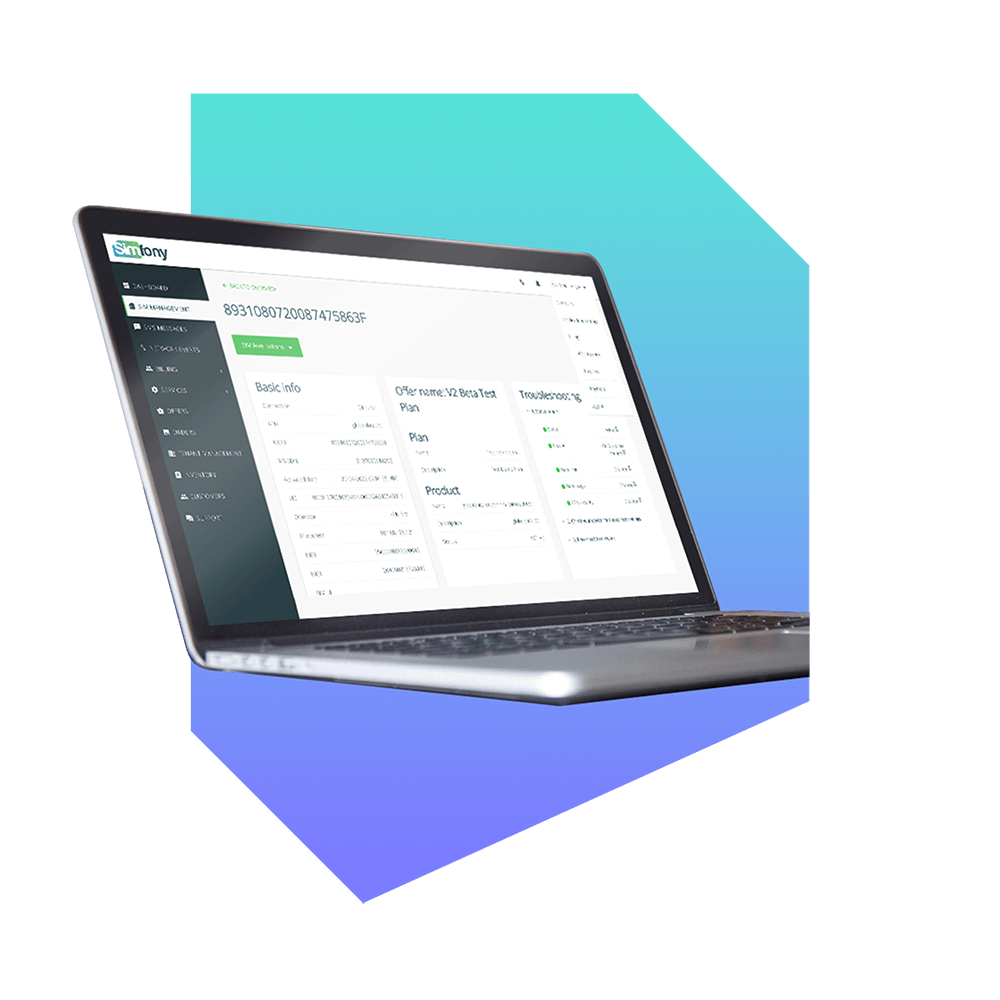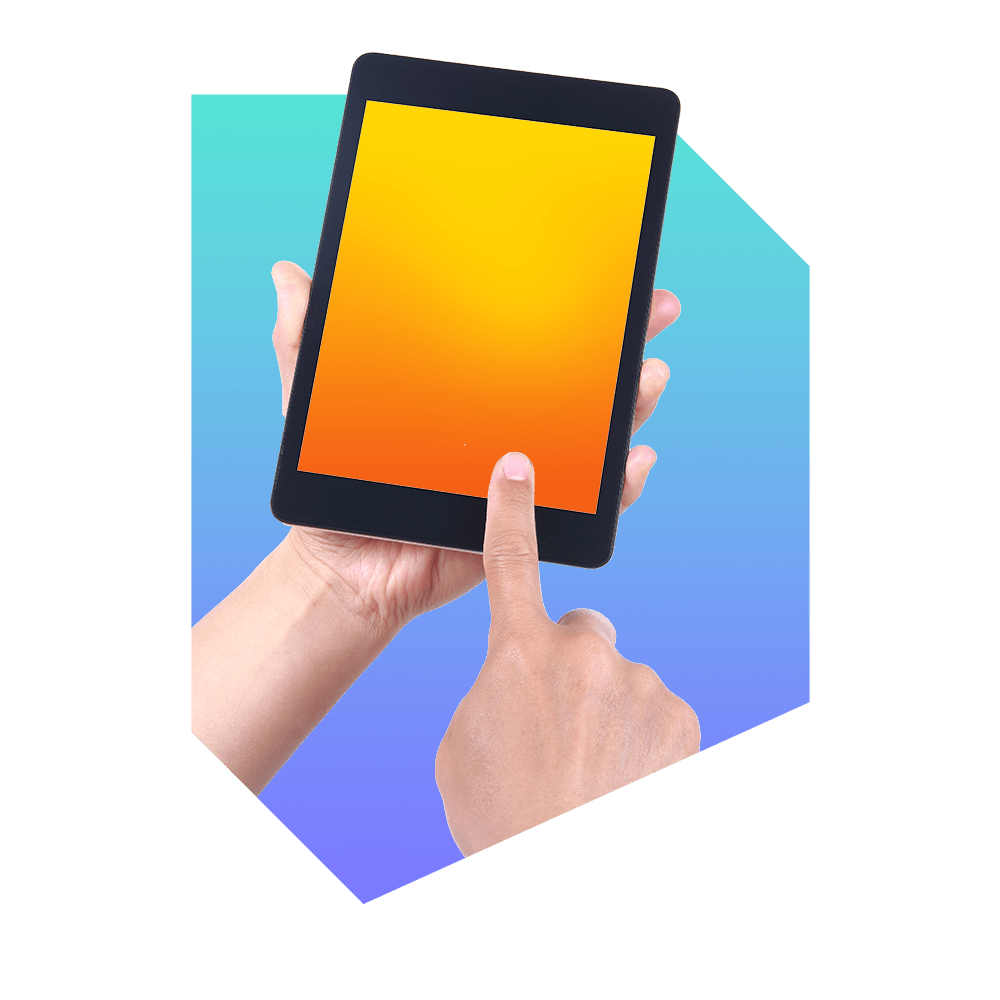
by Michelle Hallinan, Head of Mobile Customer Service
As summer in the Northern Hemisphere is now behind us, it is a good time to reflect on the development of data roaming traffic during this peak season in 2019 and, although it might sound far away, begin preparations for 2020. It was a busy season for iBASIS; this year we were honored to carry traffic for several new major European MNOs in addition to our existing loyal customers, some of whom upgraded to 100Gbps interfaces.
In anticipation of peak season each year a team of iBASIS experts gathers to analyze each customer’s traffic volumes and profile, including the expected major events relevant to them during the season. This enables us to optimize the network and eliminate any potential bottlenecks. Together with customers and peering partners, we ensure that we are fully prepared and have all the capacity needed to provide an exemplary service for 3G and 4G roamers around the world. But it is not the only capacity we plan for; reporting capabilities need to be on par, with alarms to identify issues and detailed traffic insights. Extra pairs of eyes from service management allows us to keep customers informed of changes, and to provide timely assistance. On this digital roaming highway, there are no black Saturdays!
In total iBASIS carried traffic for 47% more roamers than last year. In terms of data utilization, our highest peak exceeded last year’s record by 43%. Outside of the peaks we regularly saw the doubling of data roaming traffic on a customer level. This season we also saw several interesting event-related spikes, on top of the normal holiday roaming. Because we at iBASIS love data, we had some fun tracking and categorizing these peaks.
First, we have the “Formula 1 Peak” or the “Max Verstappen Peak”, as our colleagues in the Netherlands are calling it. We see in these instances a sudden rise in traffic which is sustained for at least 2 hours before it suddenly drops off.

Then we have the “Football/Soccer Peak”. You initially note the rise in the first half of the game, then a dip at half time and then a second-half peak. This is a pattern we see all year long, across customers and continents and we expect to see it repeated in the final stages of the Rugby World Cup in Japan.

The third is the “Tour de France Peak”. A shorter peak consisting of a gradual rise in traffic in the finale and then a sudden drop as soon as the stage is finished.

Not to forget all of our 2G/3G signaling customers. Despite the fact that 4G roaming is responsible for the major surge of roaming data traffic, we continue to see significant growth in 2G/3G signaling transactions year on year. Signaling enables roaming in the first place but with VoLTE roaming still limited, IoT on the rise and an overall growing number of operators offering roam like home, the essential role 2G/3G signaling still plays was visible, with an amazing 60% increase in 2G/3G signaling utilization year on year.
So now we will begin our preparations for 2020; we continuously improve our network and we are adding new capabilities in our “ears and eyes” advanced tooling – InVision. Together with our partners, we like to say “Let the games begin!”































